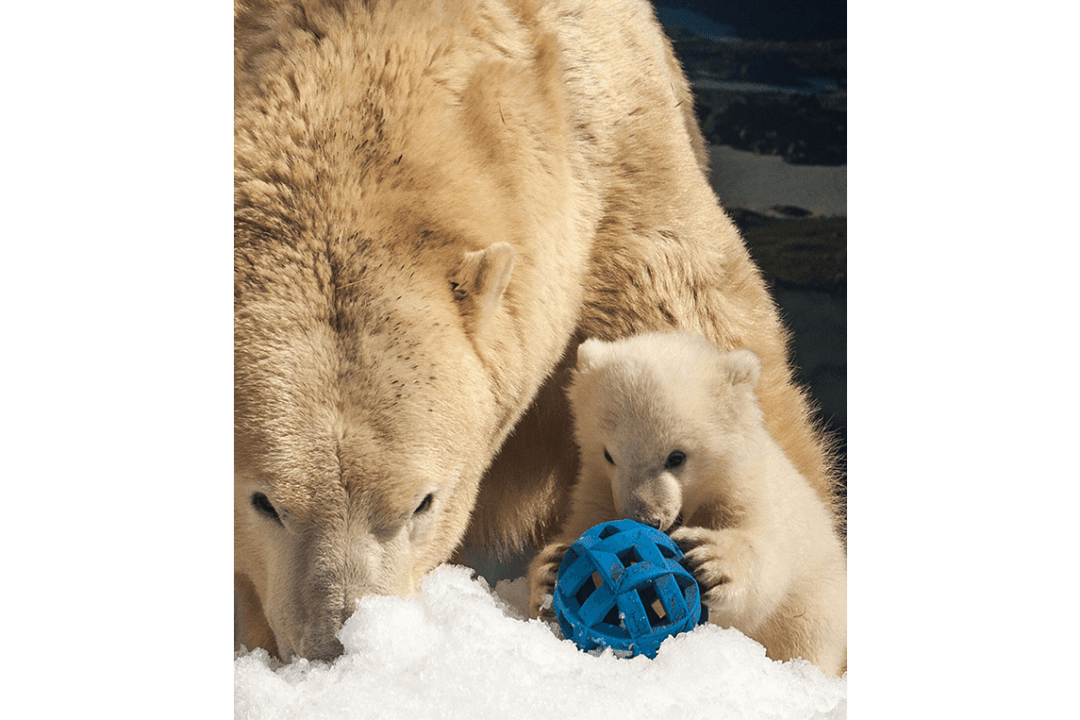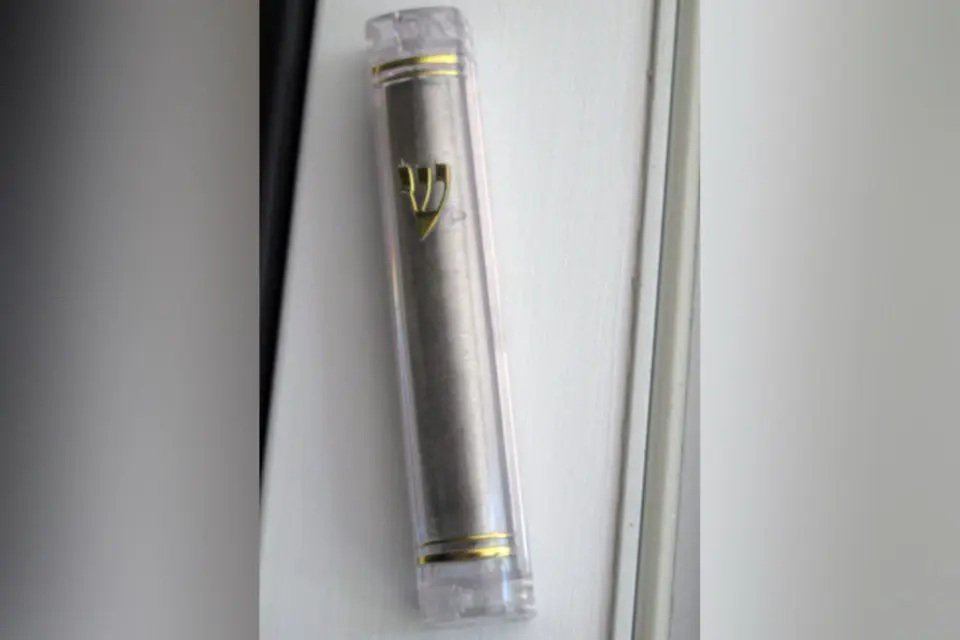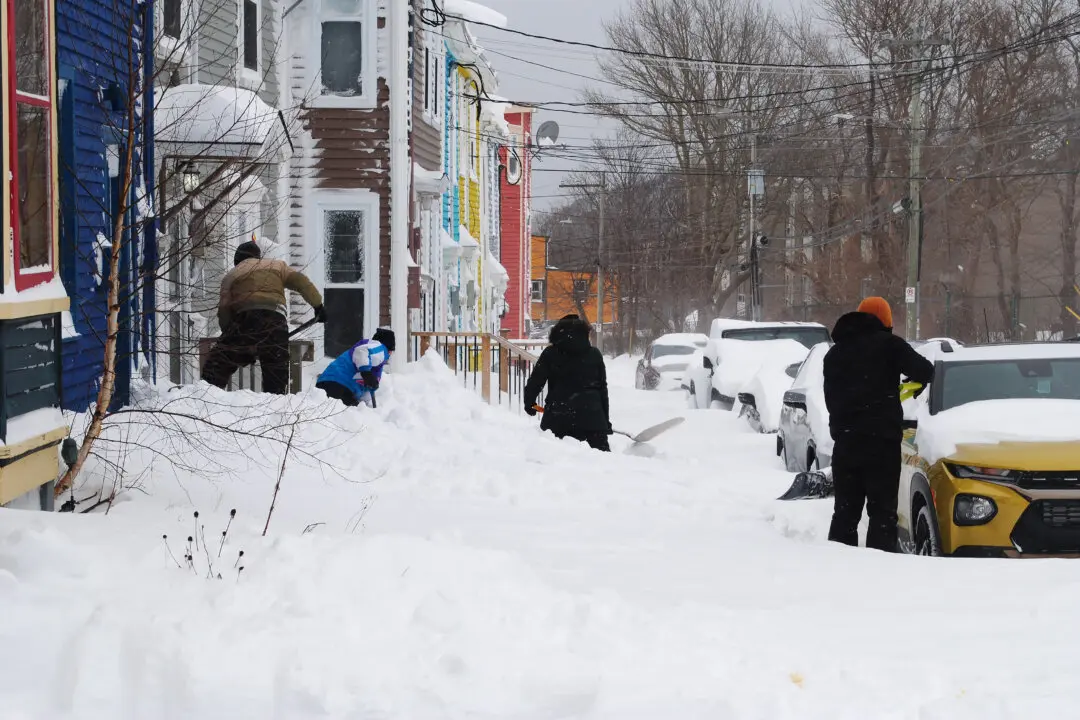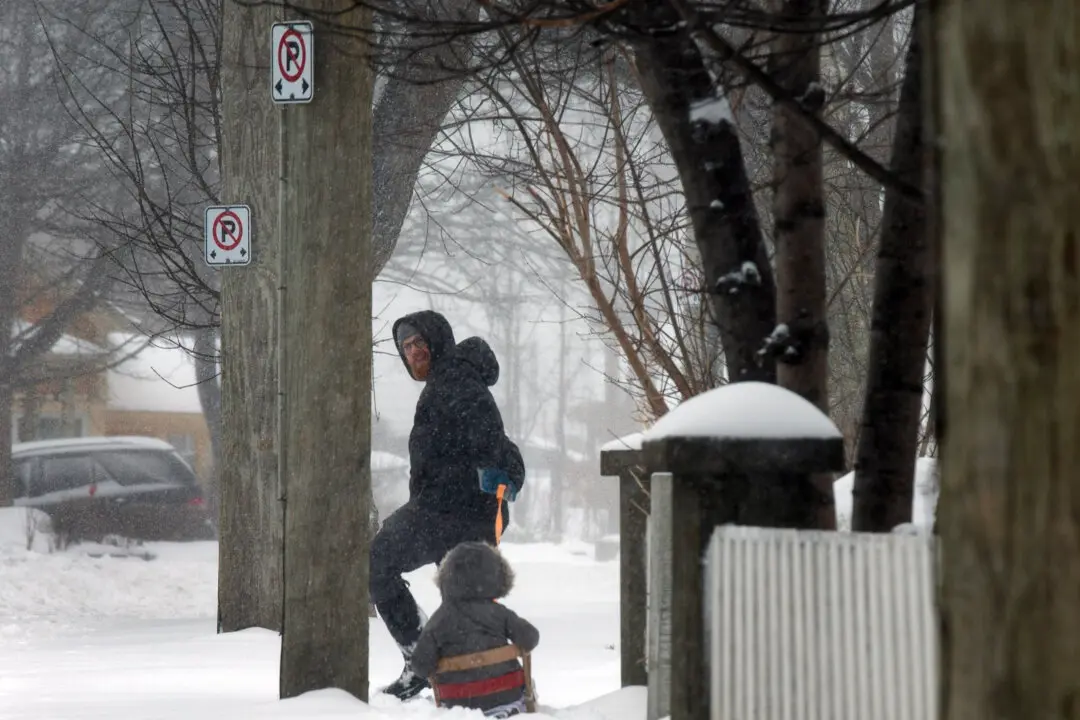From Down Under to the Great White North—a polar bear has flown halfway across the world to take up residence in a northern Ontario facility.
Henry, a two-and-a-half-year-old polar bear who was born in Australia, is the newest addition to the Cochrane Polar Bear Habitat, where he arrived Wednesday, Oct. 7.
“We are incredibly grateful and honoured that Australia has entrusted us with the care of their bear,” said Karen Cummings, manager of the habitat. “We’re going to do our best to look after him.”
In a way, Henry’s journey is somewhat of a homecoming.
His father was orphaned in the wild in Quebec before being given a home at Sea World Gold Coast Australia (not affiliated with the American Sea World facilities). Henry was subsequently the first polar bear to be born in Australia in almost 30 years.
His current separation from his mother, Liya, is part of his natural development, Cummings explained.
“In polar bear families, it’s not quite like human families. The mother decides the cub has got to get out of the house,” she said. “They do it pretty aggressively.”
With Henry’s mother sending plenty of signals that it was time for her cub to move on, Sea World, which doesn’t have the capacity to house more adult polar bears, began searching for a new home for the 300 kilogram animal and settled on the facility in Cochrane.
“Australia decided it would be a really nice thing that Henry would to return to his family roots,” said Cummings. “After coming to our facility and giving it a good once-over, they decided that ours was the best match for them.”
The Cochrane habitat, which has been running since 2004, describes itself as the only captive bear facility in the world dedicated solely to polar bears. In addition to being open to the public, the facility promotes conservation and provides non-invasive research opportunities for scientists studying polar bears.





